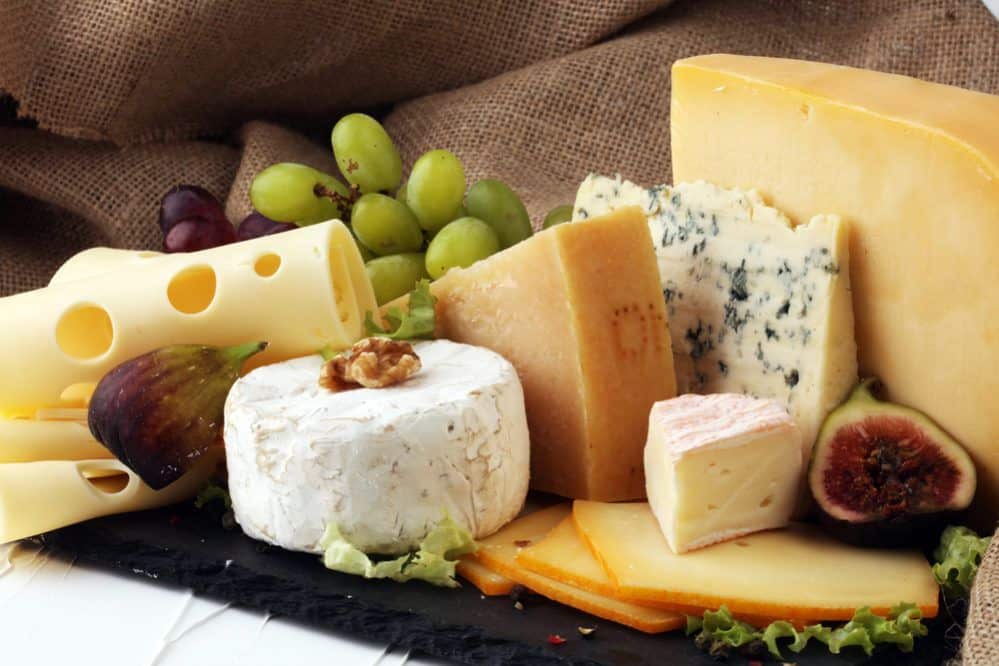
Cheese
Cheese is a foodstuff obtained by ripening the curd from the milk after the whey has been removed. There are different varieties depending on the animal from which the milk is obtained, the method used for its production and the degree of maturity of the final product.
Where is the cheese made?
Like much of the food we eat today, cheese originated from the need to preserve food. In this case, the need to preserve the remains of milk that were not consumed at the time. Over the years, from being a routine task, the production of cheese has become an art. Their variety is immense and they can be classified according to many aspects, but the most important thing is that the cheeses have a high nutritional and gastronomic value.
If we talk about its gastronomic value, it is enough to say that it can be used in almost all dishes. The varieties allow it to be used as the main ingredient in many types of food.
As for its nutritional value, we can say that the energy and fat value will always depend on the type of milk it comes from, as well as the whey content of the same (a lower whey content will guarantee the presence of fat and nutrients).
On the other hand, the presence of proteins can vary from 8% of fresh cheeses to 40% of cooked pressed cheeses. In addition to this, it offers us vitamins A, D and B group vitamins such as B1 and B2 and among the minerals from which we can benefit from consuming it, calcium and phosphorus stand out.
Types according to ripening
As we have already mentioned, cheese can be classified in many ways. Now we will talk about the classification according to the ripening time. So, we found four types of cheese:
Fresh
- This cheese is not cured, it is the softest and its life span is usually very short. Has a higher percentage of water and less fat.
Tender
- They are cured for 15 to 30 days, it is a little more solid than fresh cheese but it also deteriorates easily because it has a higher percentage of water.
Semi-cured
- This cheese is already undergoing a curing process as it is left in chambers for 2 or 3 months, so it is much drier than the previous two. However, they still have a significant percentage of water, but the curing time has made it much more consistent and with a more intense taste.
Cured
- Maturation from 4 to 7 months, this type of cheese is very fatty because it has little water. Its taste is strong.
Old or Aged
- It has a maturation of more than 7 months, its taste is more intense and at the same time it has a completely rigid surface.
Visit our shops and discover Enrique Tomás’ cheeses, cured and semi-cured, cow, goat and sheep-milk cheeses, so that nothing is missing from your evening with the best Iberian products:

Buy three milk cheese

Buy Sheep cured cheese






